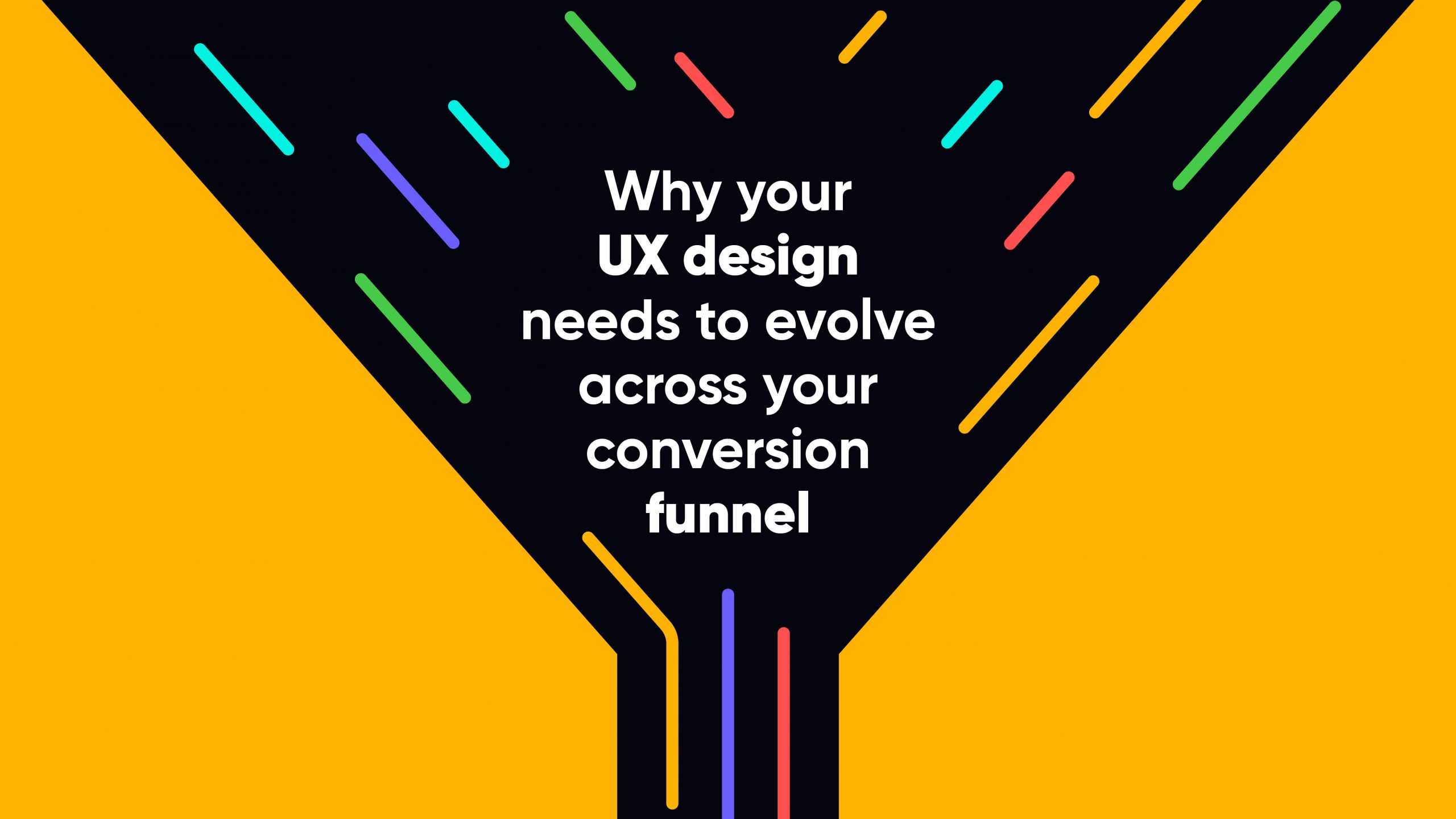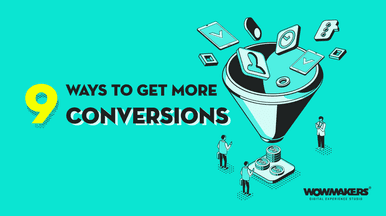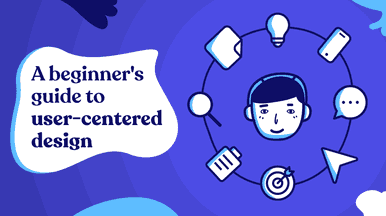Users are wanting — and even expecting — personalized experiences. More importantly, they want that reflected across a company’s website, emails, social media, and literally any other external touchpoint.
And because each user has a unique “buyer’s journey,” that means the UX design needs to evolve at different points along the way.
As a lead moves down your sales funnel, the content you provide should (in theory) shift to match that person’s evolving needs and interests. They’re becoming more invested in your brand, and they will expect that to be reflected in their overall experience.
And that’s just one reason why your UX design needs to evolve across your sales conversion funnel.
The Lowdown on Sales Funnels
Before jumping into the specifics of an evolving UX design, it’s important to fully appreciate what a sales funnel is and why they’re so useful. Yes, it might sound like another marketing buzzword, but everyone talks about sales funnels because they work.
A sales funnel serves as a diagram of guiding a new lead to the point where they’re ready to make a purchase. And in a typical funnel fashion, the idea is that the top-level is fairly broad — namely, introducing people to the product and collecting information.
Meanwhile, the lowest levels provide product updates, in-depth tutorials, and user tips, with the goal of showing people why your product is better suited to solving their problems than the alternatives. The focus here is closing the deal and winning the user’s business.
A sales funnel is less a rulebook and more of a visual reminder. It helps people (usually from different parts of the business) understand the general process of the buyer’s journey to keep some consistency. And it gives the marketing and sales teams a clear idea of what sort of content to provide and which questions to anticipate at each stage.
But the truth is that data can be shallow, specifically for people actually building the product. While marketing teams might build their sales funnel around specific customer personas, there is rarely a perfect 1:1 correlation between SEO keywords and UX design objectives.
So while sales funnel are helpful tools, the most effective way to use them is to create a separate — but still very much comparable — version that can still align with other teams.
After all, a helpful visualization is part of good UX anyway. You may as well apply that mindset to how you design and connect different parts of the business that build on top of each other.
Sales Funnel From A UX Perspective
With a UX designer involved, Sales funnel conversion undergoes a subtle transformation in its perspective.
Tagged as the user experience funnel by the designers, here the focus is more on the different interfaces or features users are most likely to engage with, as they move from the broader funnel to the narrow funnel.
Guiding users to take their next step is much easier to target than building a few dozen variable landing pages and sales pages.
That’s why some businesses approach this as a conversion funnel where the UX optimizes for consistent progression, not targeting any particular step on a buyer’s journey.
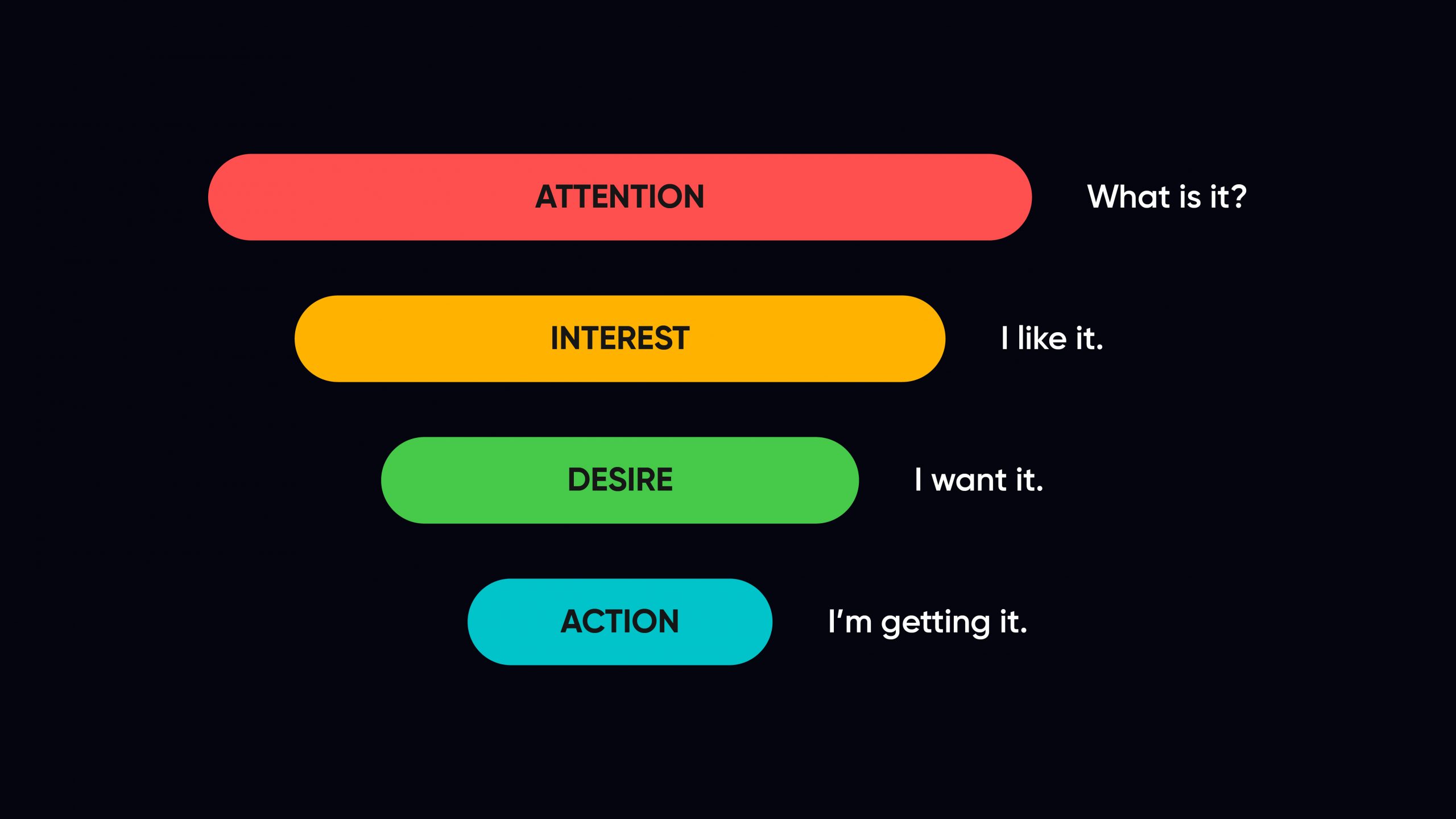
To break down that chart, a “traditional” marketing sales funnel wants to move people from the Attention/Awareness stage to the Interest stage, to the Desire/Decision stage, and then to the Action stage.
But instead of thinking about the buyer’s journey as moving from learning about your brand to buying your product, a user experience funnel focuses on what people expect from you at each stage.
At face value, it seems like a minor difference. But intent and expectation carry a lot of weight, particularly when it comes to choosing one product or service over the competition. A dedicated user experience funnel can help give you that slight advantage you need.
A Sales Funnel Translation Guide
As mentioned early, a sales funnel is typically broken into four or five categories. And while these specific levels are pretty self-explanatory, let’s give each one a little context:
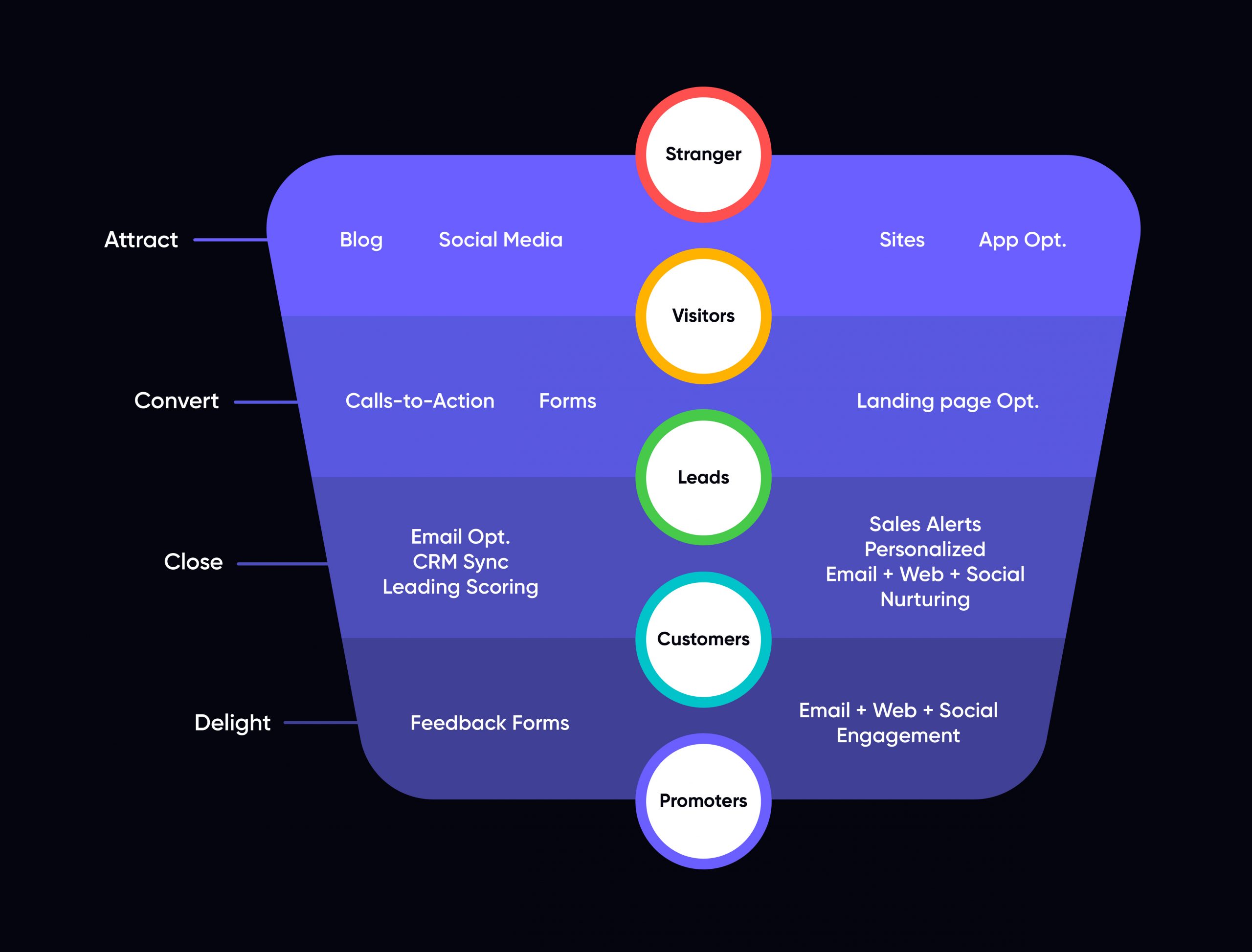
- Awareness: The user is just learning about your business, your product, and maybe even your industry. Most brands focus their efforts on engaging people on the platforms where they already spend time. Content should draw their attention and spark some interest — if nothing else, the goal is to plant a seed of brand recognition in the user’s thoughts.
- Interest: Once a user decides they’d like to learn more about your company or product, they’ll start to engage. That might mean trading their email for a free asset, signing up for a newsletter, or following a social media channel. The lead is generating questions and learning about how your product addresses a need in their life.
- Decision: In marketing terms, a lead converts to a prospect once they are seriously considering making a purchase. But in most cases, they’ll need a little more information first. In this level of the sales funnel, you’re providing testimonials, case studies, product demos, free trials of your product and other things — basically, you’re highlighting what makes your product great and why the user should look no further for a solution to their problem.
- Action: It’s worth knowing that the buyer’s journey could take a single day or several months. Either way, the end-goal is a purchase decision. This stage of the funnel often consists of special sale offerings, tutorials, and user onboarding content. The goal here is to turn a new customer into a brand advocate.
(If you’re interested in a much more in-depth look at a sales funnel, you can find them available in a few hundred places. This example is a pretty good starting point.)
The fifth category you’ll sometimes find is less focused on the buyer’s journey and more on how a user engages with your brand after making a purchase:
- Advocate: After successfully guiding a user through the first four steps, it’s easy to think of their journey as complete. But once a customer makes a purchase, you’re still responsible for keeping them engaged and invested in the brand. That could include customer support, product updates, and interesting blog articles.
From studying these categories, you can see that a sales funnel isn’t exactly set in stone. One person could spend six months in the Awareness stage, while another sees an ad on Instagram and makes a purchase right away, while a third person sees (and ignores) ads for an entire year before they even think about looking up your brand or product.
How To Evolve UX Design Across A Funnel
UX design doesn’t have to be locked into the same rigid structures as a sales funnel. As a user moves down the funnel, they’ll develop different expectations about how they interact with your brand.
Here is where intuitive design and personalization play an important role in showing each customer that you value them as an individual.
The starting point is charting the user experience journey. This is something you probably already think about and design for, but mirroring those ideas with a traditional sales funnel will create strong consistency across every stage.
(That should also give you a good sense of the number of steps, which will give you some sense of the UX design workflow.)
Here is an example of how an eCommerce brand would line up UX design elements on the traditional sales funnel framework:
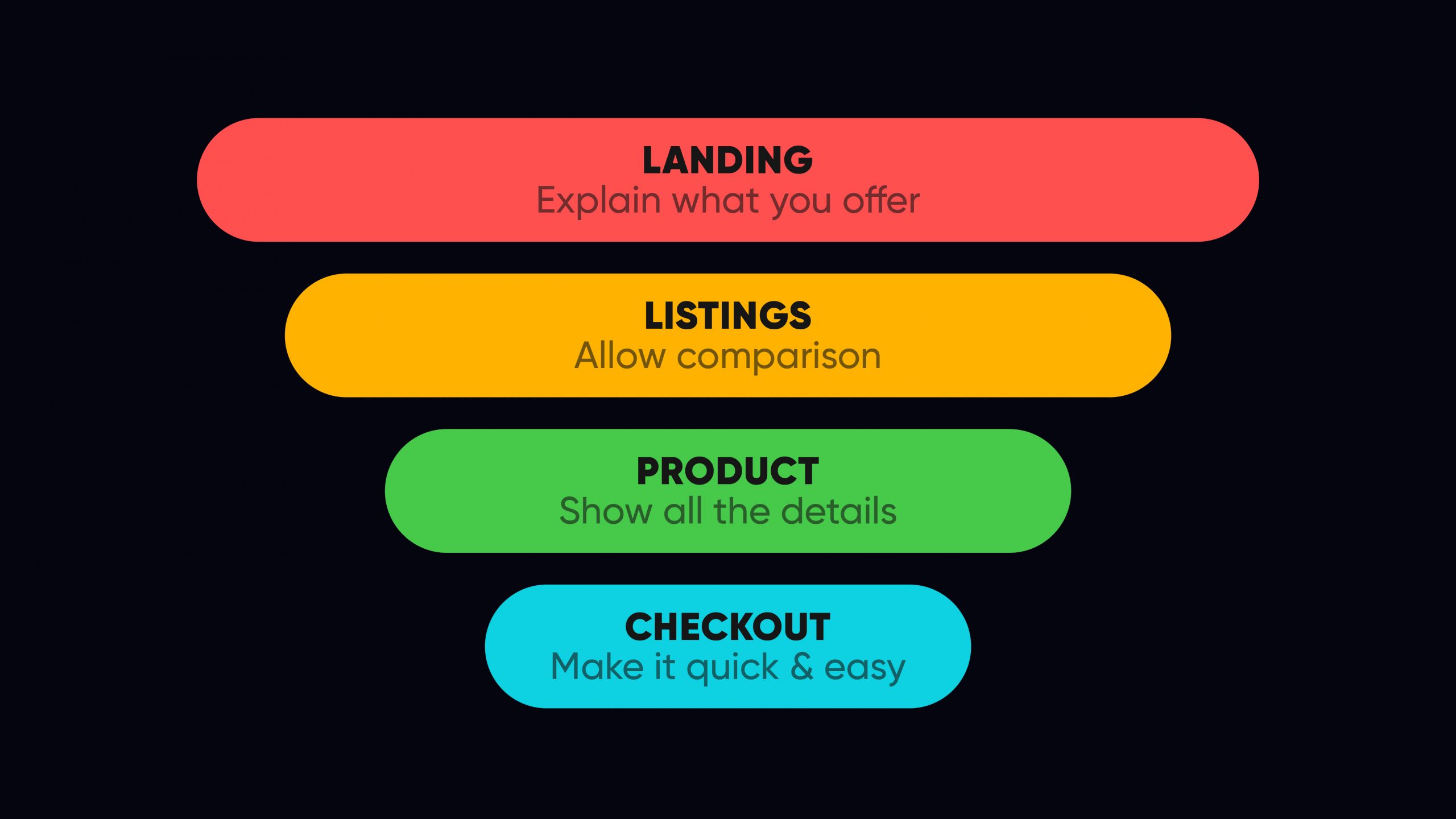
While designing for a conversion funnel begins with plotting the ideal user journey, the second step is figuring out the tool you need to capture data. And by building this around the funnel, you’ll quickly figure out how to design for the interests and activities tied to each funnel tier.
Tools and resources are readily available out there, like how to use a conversion funnel to boost ROI and how Google Analytics data (the stuff you’re already tracking) can help you redefine and evolve your sales funnel over time.
Because whether it’s a user experience funnel or a sales funnel, the truth is that neither chart will ever be a finished piece that you should carve into stone. The data always changes because user activities and expectations are constantly evolving.
But a good funnel sets the baseline, a strong and healthy foundation that helps you align your UX design with a marketing sales funnel. It’s the bridge between different teams with different goals, aligning all of the pieces to help you give prospects, leads, and customers an ideal user journey with your brand.
